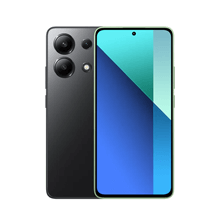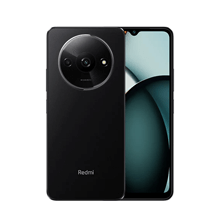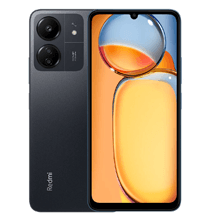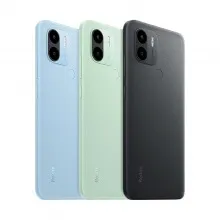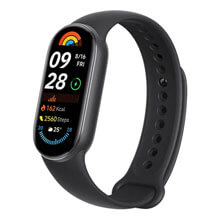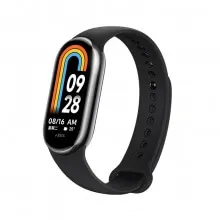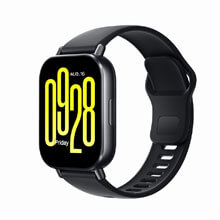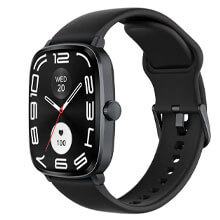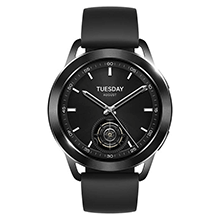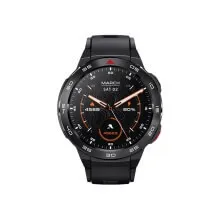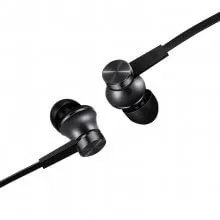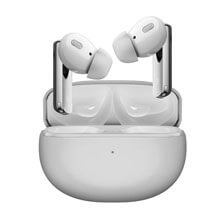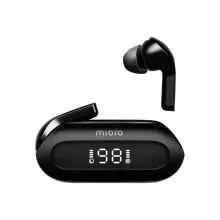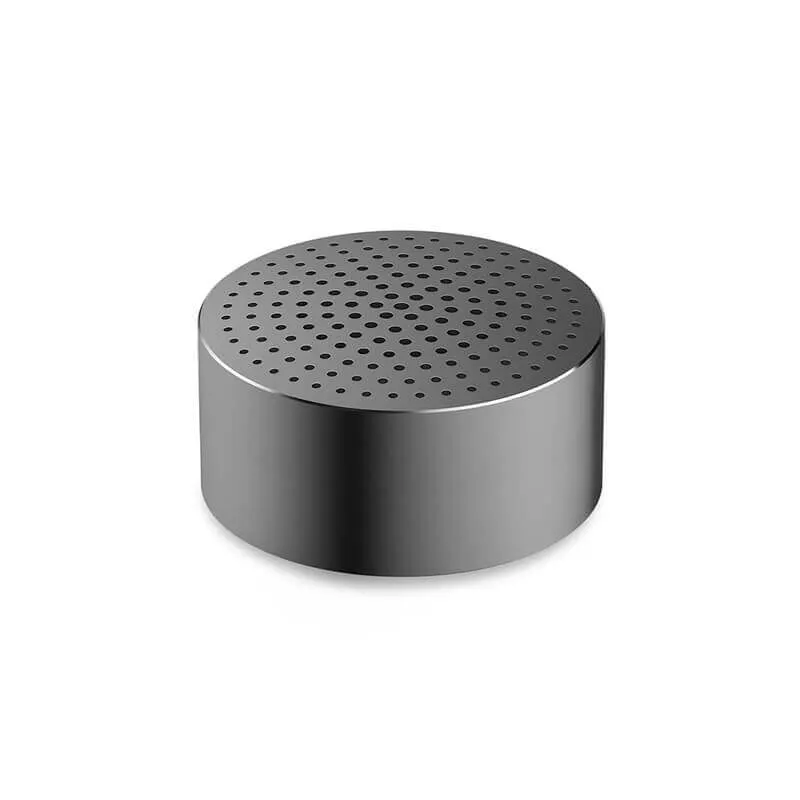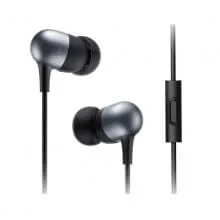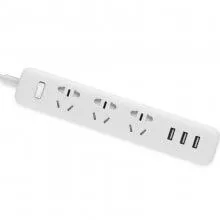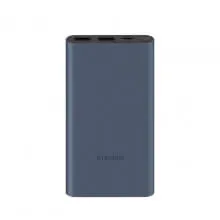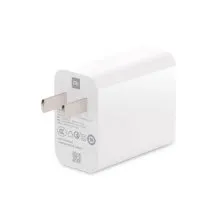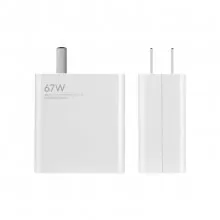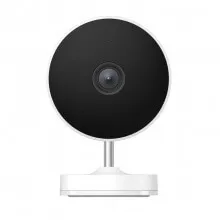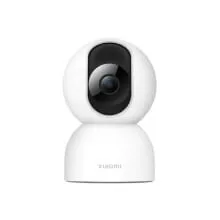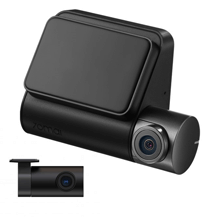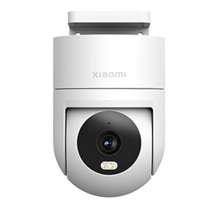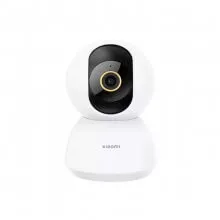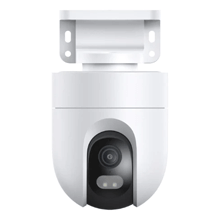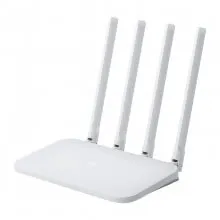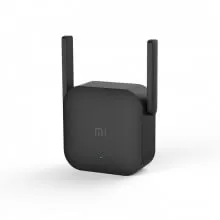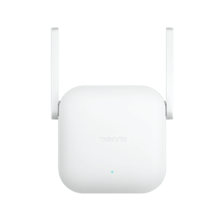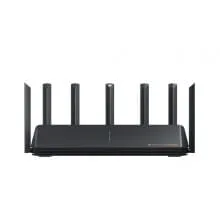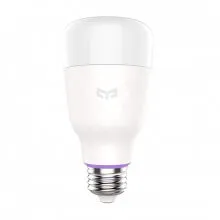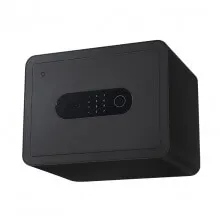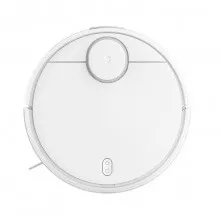Xiaomi vs. Redmi: Main Differences and Best Redmi Phones
In the world of smartphones, Xiaomi has made a significant impact with its innovative products that combine affordability with high-end features. Within its product range, the Xiaomi and Redmi brands often stand out as consumer favorites. But what sets these two apart? In this article, we’ll dive into the key differences between Xiaomi and Redmi and highlight the best Redmi phones available right now.

What is Xiaomi?
Xiaomi is the parent company that offers a wide range of smartphones, including high-end flagship devices and affordable mid-range models. While Xiaomi phones focus on premium build quality, high performance, and cutting-edge technology, they are still competitively priced compared to other brands like Samsung or Apple. Xiaomi also focuses on a broader ecosystem, including smart home devices, wearables, and more.
What is Redmi?
Redmi is a sub-brand of Xiaomi, primarily focusing on budget and mid-range smartphones. Redmi devices are known for delivering solid performance at affordable prices, making them accessible to a wide range of consumers. Redmi phones typically offer good battery life, decent cameras, and a balanced performance-to-cost ratio.
Key Differences Between Xiaomi and Redmi
Whether you're someone who casually scrolls through media or a dedicated gamer facing off against rivals the Xiaomi WiFi Amplifier Pro guarantees a seamless and uninterrupted user experience. With its capacity to provide speeds reaching up, to 300Mbps users can enjoy the following advantages;
- Target Audience:
- Xiaomi: Aimed at tech enthusiasts and premium users looking for flagship features.
- Redmi: Targets budget-conscious users seeking value-for-money devices.
- Price Range:
- Xiaomi: Features premium and mid-range devices, usually priced higher than Redmi.
- Redmi: Focuses on budget and entry-level models, making it an economical choice for everyday users.
- Design and Build:
- Xiaomi: Offers a more premium design with flagship-level finishes such as metal or glass bodies.
- Redmi: Typically features plastic or polycarbonate builds, but they’re still robust and durable.
- Performance:
- Xiaomi: Packs high-end processors, larger RAM options, and better cooling systems, suitable for gaming and heavy multitasking.
- Redmi: While Redmi phones have capable processors, they are not intended for intense gaming or professional tasks.
- Camera Quality:
- Xiaomi: High-end camera systems with larger sensors and advanced AI capabilities.
- Redmi: Decent camera setups but usually with lower sensor quality compared to Xiaomi flagship devices.
Best Redmi Phones Available
Now that we've covered the differences between Xiaomi and Redmi, let’s take a look at some of the best Redmi phones you can buy today.
Conclusion
Xiaomi and Redmi offer different experiences tailored to their respective audiences. Xiaomi’s flagship devices appeal to those seeking cutting-edge technology, while Redmi provides affordable options without compromising on essential features. Whether you’re looking for a budget-friendly phone or something more premium, both Xiaomi and Redmi have something for everyone.
